St. Peter, Venezuelan cultural heritage | San Pedro, herencia cultural venezolana
7
About :
St. Peter's Parranda | Parranda de San Pedro
Cada 29 de junio se celebra la fiesta de San Pedro y San Pablo. Esta es una de las celebraciones que ha adquirido mayor importancia en Venezuela, debido a un ritual que se ha generado dedicado a San Pedro Apóstol, con un carácter tan original y una tradición centenaria de gran fuerza, que llevó a que en diciembre de 2013, la UNESCO la declarara Patrimonio cultural inmaterial de la Humanidad.
Every June 29th, the feast of Saint Peter and Saint Paul is celebrated. This is one of the most important celebrations in Venezuela, due to a ritual that has been generated dedicated to Saint Peter the Apostle, with such an original character and a century-old tradition of great strength, which led to its being declared Intangible Cultural Heritage of Humanity by UNESCO in December 2013.
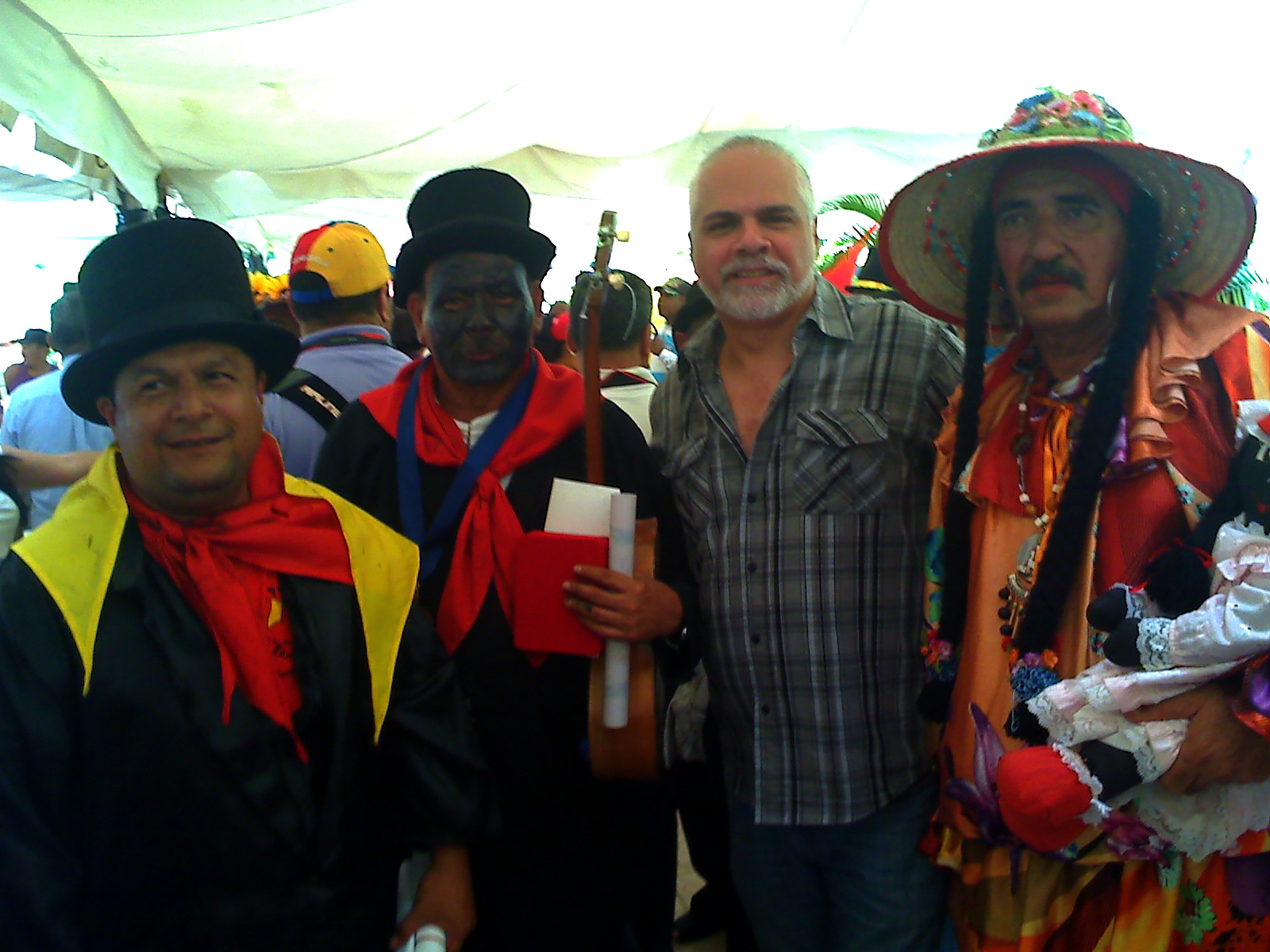
Lograr tal declaración es un proceso muy complicado y que lleva años de trámites, de papeleos y de condiciones previas que hay que cumplir, pero que en Venezuela encontró a un extraordinario promotor que ha sabido completar esa tarea, y no solo con la fiesta de San Pedro, sino también con otras manifestaciones culturales que ya han logrado el mismo rango, Benito Irady, quien es el presidente del Centro de la Diversidad Cultural.
El mismo año de la declaración, además de la tradicional parranda, el día 29, los participantes de esta tradición tuvieron que participar en innumerables eventos protocolares y oficiales, como parte del proceso exigido por la UNESCO.
Achieving such a declaration is a very complicated process that takes years of procedures, paperwork and preconditions that have to be fulfilled, but in Venezuela it found an extraordinary promoter who has been able to complete that task, and not only with the feast of St. Peter, but also with other cultural manifestations that have already achieved the same rank, Benito Irady, who is the president of the Center for Cultural Diversity .
The same year of the declaration, in addition to the traditional parranda, on the 29th, the participants of this tradition had to participate in innumerable protocol and official events, as part of the process required by UNESCO.
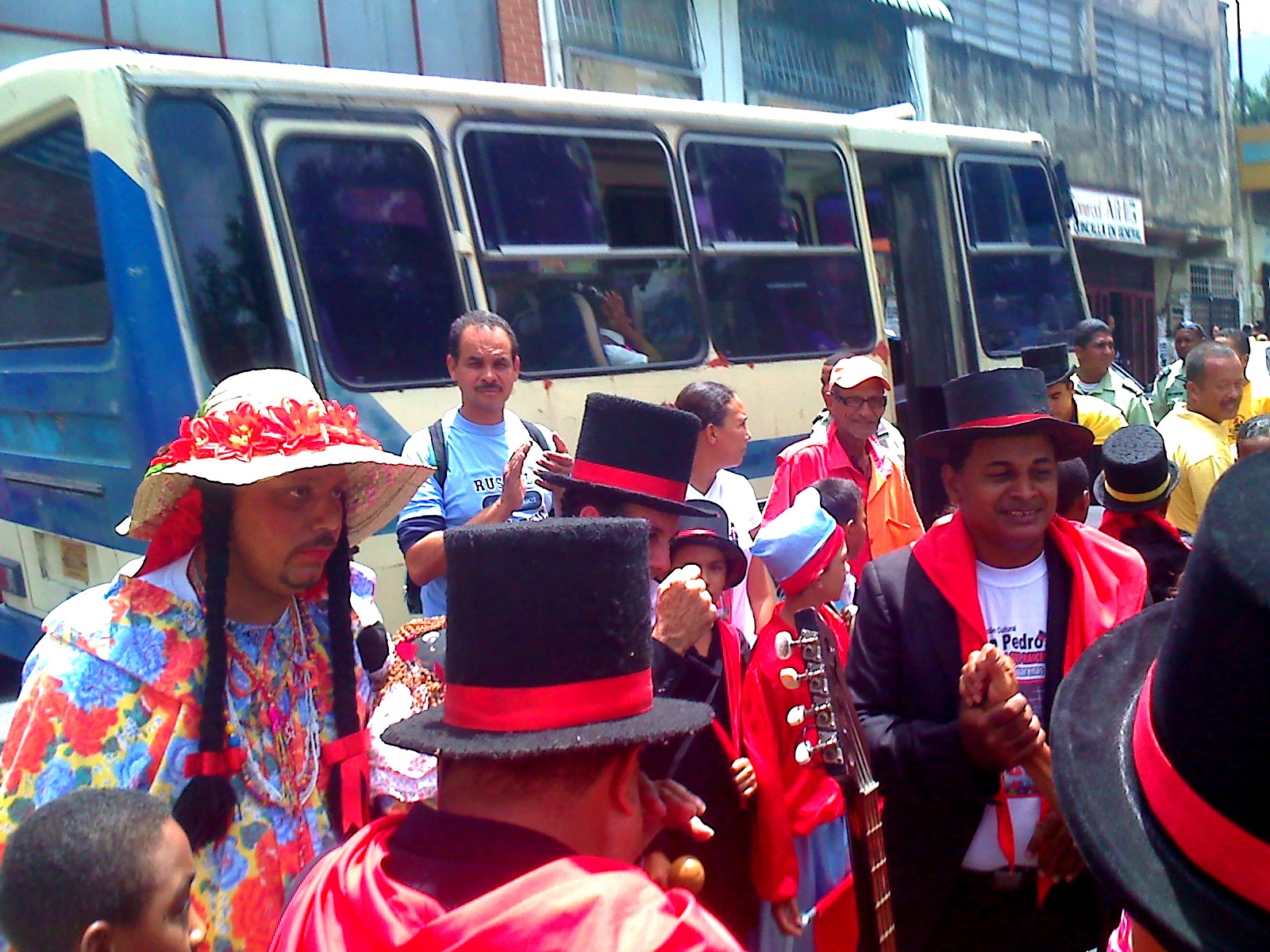 | 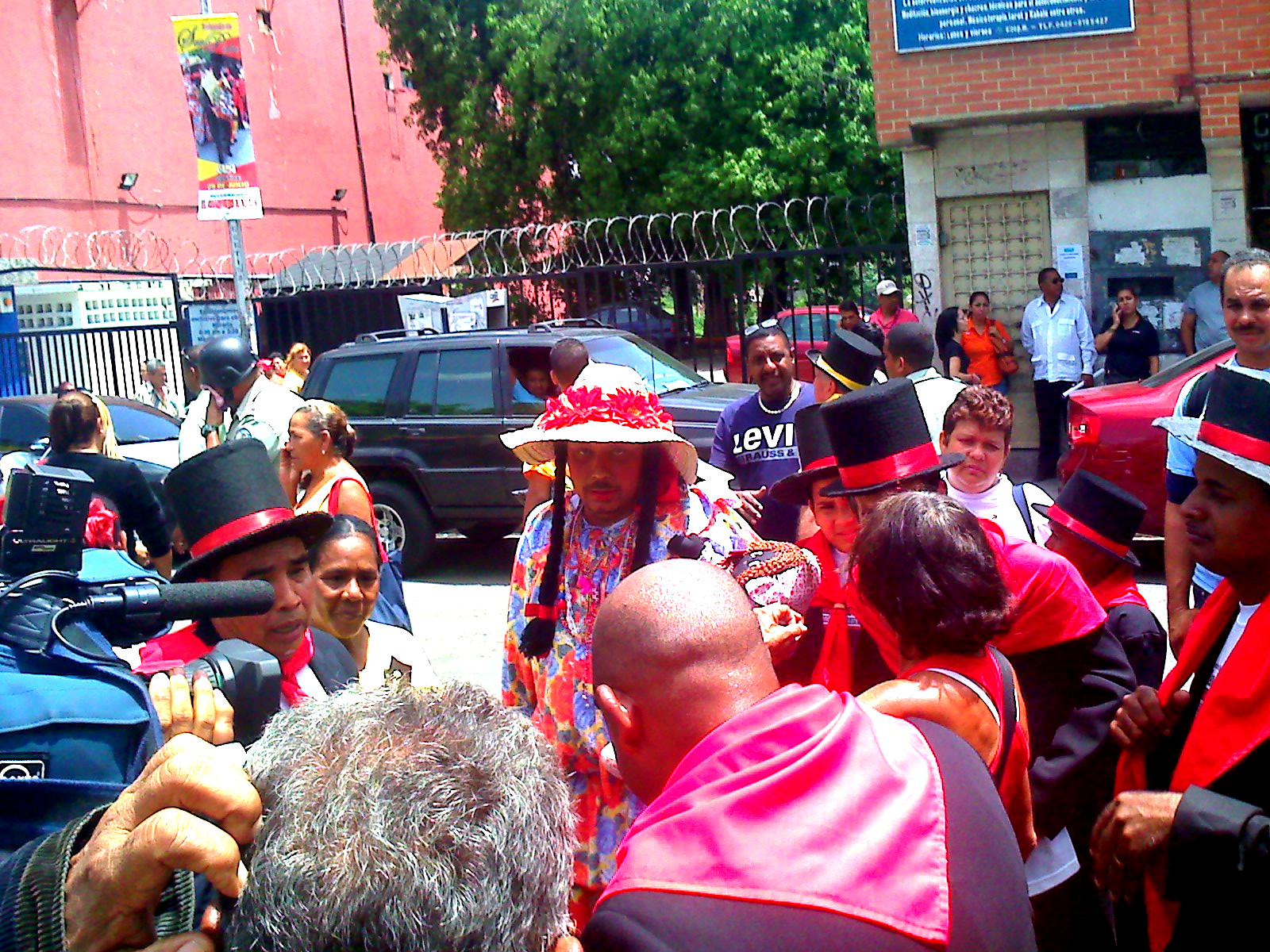 |
|---|
Yo tuve la oportunidad de apoyar en varias actividades ese año, tanto en Caracas, como en Guarenas y Guatire, que son los dos pueblos donde nace y se mantiene viva esta tradición.
Las fotos que comparto son precisamente de los días previos al 29 de junio de 2013, en las actividades organizadas para tal fin.
Podríamos decir que este post de hoy es un #tbt, pero muy extenso ;-)
I had the opportunity to support several activities that year, both in Caracas and in Guarenas and Guatire, which are the two towns where this tradition was born and is still alive.
The photos I share are precisely from the days before June 29, 2013, in the activities organized for that purpose.
We could say that today's post is a #tbt, but very extensive ;-)
UNESCO information about "La Parranda de San Pedro de Guarenas y Guatire"
Información de la UNESCO sobre "La Parranda de San Pedro de Guarenas y Guatire"
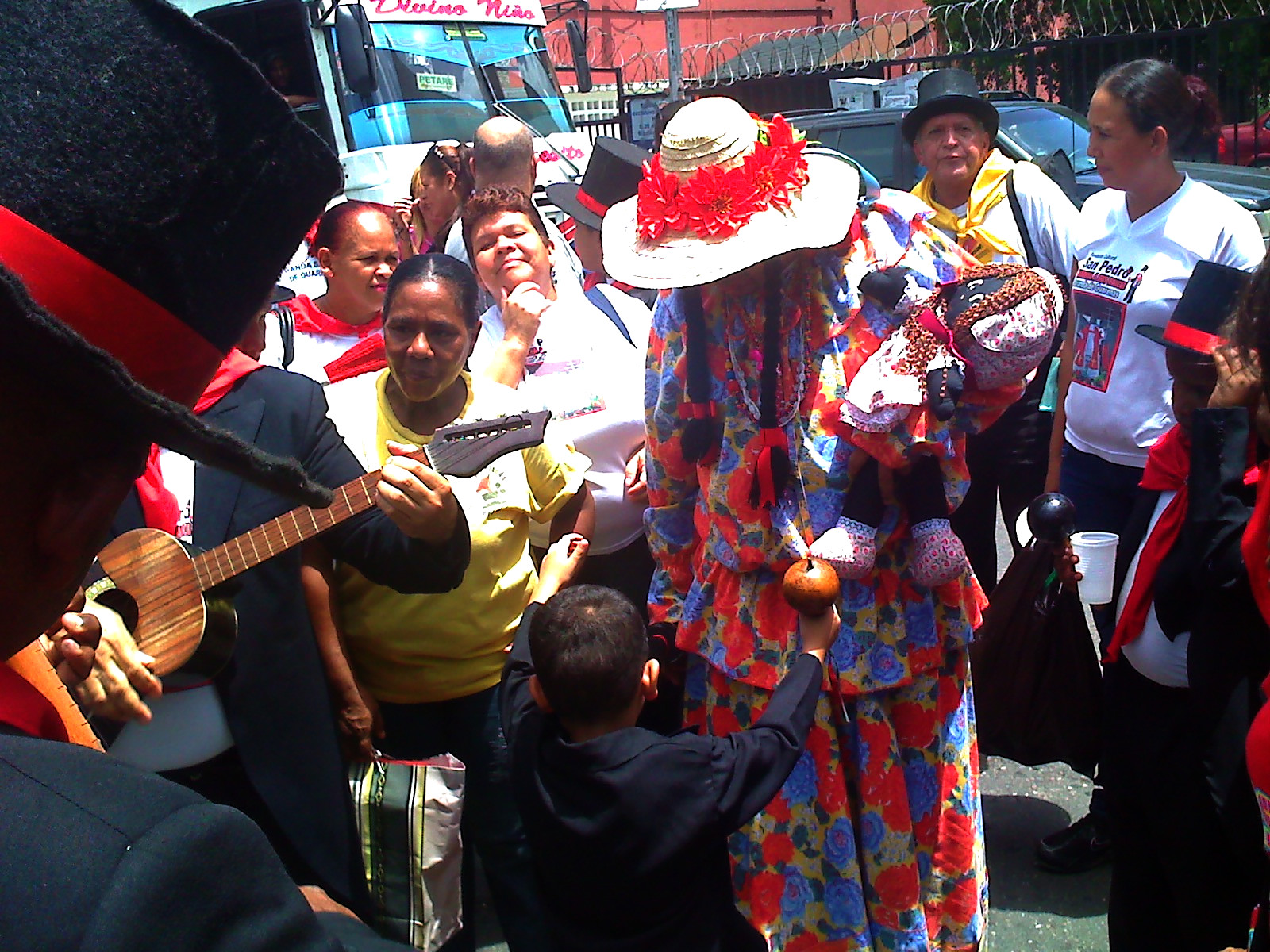 | 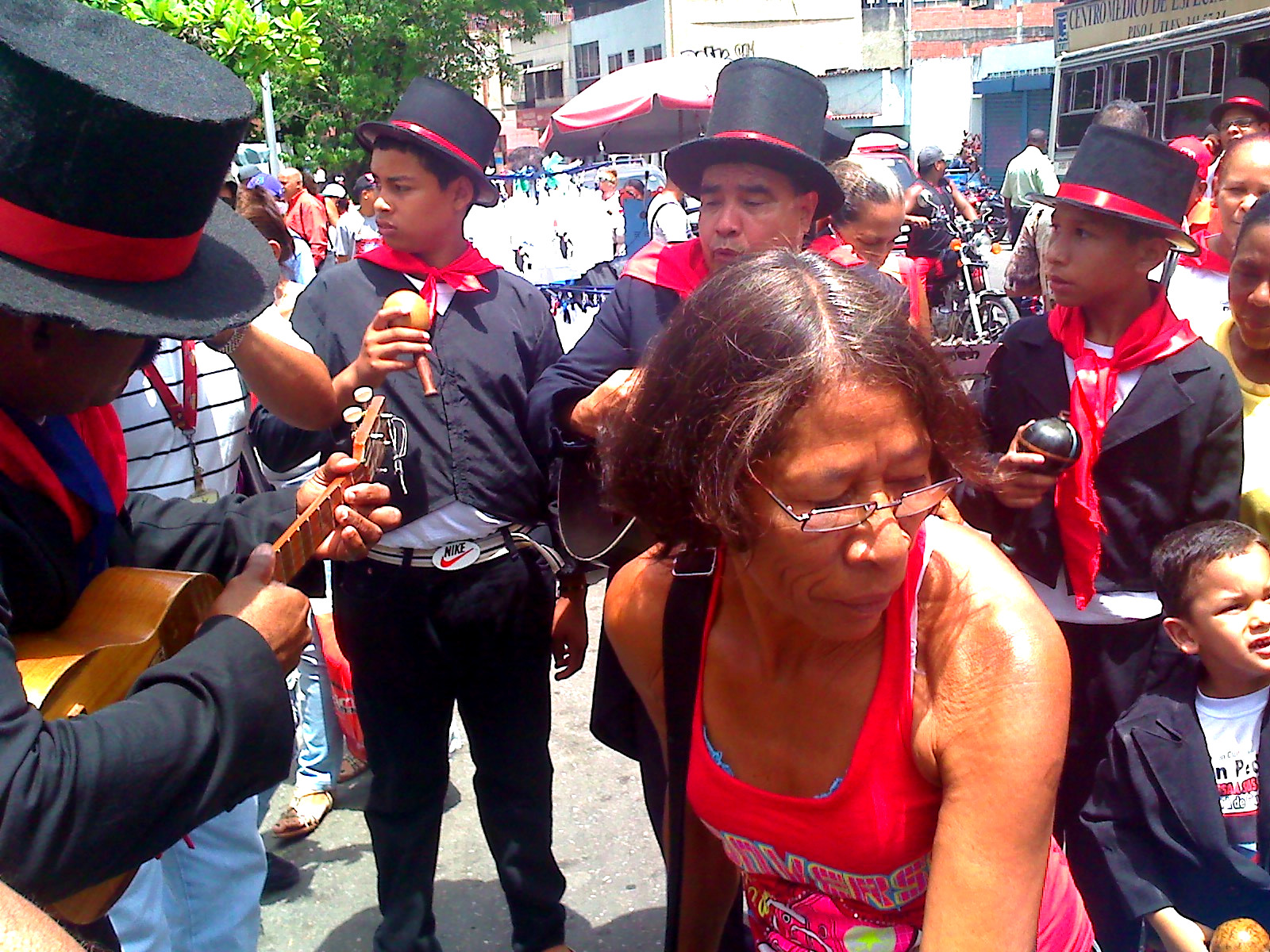 | 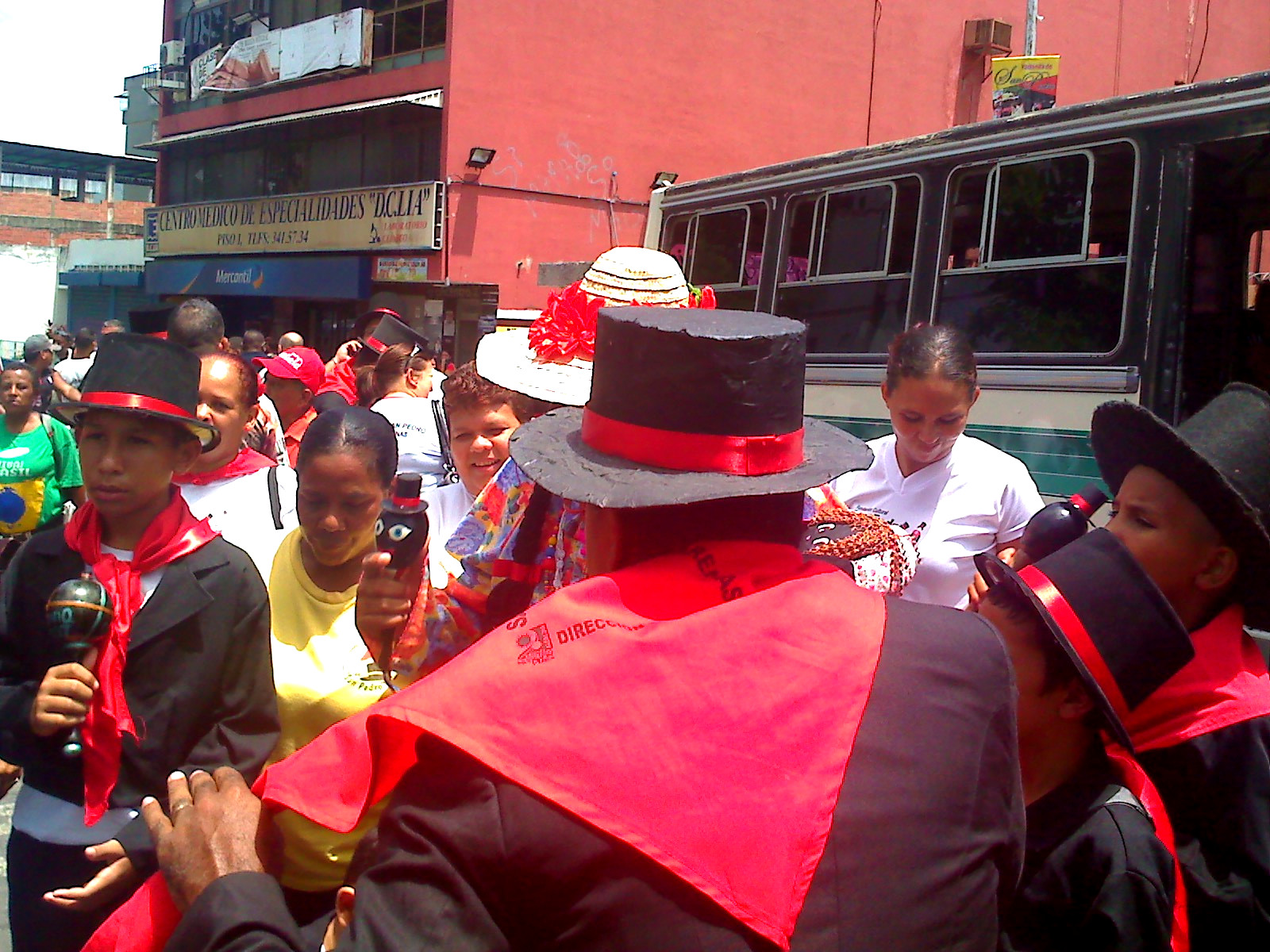 |
|---|
Maria Ignacia's promise ||| La promesa de María Ignacia
Aunque no se sabe a ciencia cierta cuándo comenzó esta tradición -pues hay quienes afirman que viene desde la época de la colonia- los expertos dan por más acertada la fecha de mediados del siglo XIX.
Para dar una visión del origen de esta costumbre, transcribo lo que dice la Wikipedia en español en Parranda de San Pedro
Según la tradición oral, una esclava de nombre María Ignacia que vivía en algún lugar de Guatire o de Guarenas (en la época colonial ambos poblados se encontraban en la misma unidad política-territorial, llamada "Cantón de Guarenas") viendo que su hija Rosa Ignacia no curaba de una fiebre muy alta ("una calentura") le pidió a San Pedro que intercediera por la sanación de su pequeña y si lo hacía, ella le prometía salir a bailar y a cantarle todos los días 29 de junio (santoral de San Pedro Apóstol). La niña sanó y la noticia de la promesa que había hecho María Ignacia se regó por toda la zona. Los demás esclavos decidieron acompañarla en su canto y baile por las polvorientas calles de Guatire (o de Guarenas, dependiendo el núcleo urbano más cercano del lugar donde surgió).
Pasaron los años y un día con María Ignacia enfermó (murió). Su marido, para no romper la promesa que ella había hecho, decidió vestirse con sus ropas, abultar su abdomen con trapos (para simular embarazo) y salió a "parrandear". Lo acompañaban sus dos hijos varones. Con el pasar de los años, los esclavos siguieron pagando la promesa todos los 29 de junio: Un hombre se viste como María Ignacia, con una muñeca en sus brazos (Rosa Ignacia) y dos niños que siempre bailan cerca de "María Ignacia", algunos cultores argumentan que son sus dos hijos, más su presencia es de carácter simbólico de union entre los partidos políticos de la época: Liberales y Conservadores, que realizaron un pacto para no politizar la celebración. La tradición ha continuado hasta nuestros días.
Although it is not known for sure when this tradition began -some say it dates back to colonial times- experts consider the date of the mid-19th century to be more accurate.
To give an insight into the origin of this custom, I transcribe what Wikipedia in Spanish says in Parranda de San Pedro
According to oral tradition, a slave named Maria Ignacia who lived somewhere in Guatire or Guarenas (in colonial times both towns were in the same political-territorial unit, called "Cantón de Guarenas") seeing that her daughter Rosa Ignacia was not cured of a very high fever ("a fever") she asked Saint Peter to intercede for the healing of her little girl and if he did, she promised to go out to dance and sing to her every June 29 (Saint Peter's Day). The girl was healed and the news of the promise made by Maria Ignacia was spread all over the area. The other slaves decided to accompany her in her song and dance through the dusty streets of Guatire (or Guarenas, depending on the nearest town where she emerged).
Years passed and one day Maria Ignacia got sick (died), her husband, so as not to break the promise she had made, he decided to dress up in her clothes, bulge her abdomen with rags (to simulate pregnancy) and go out to "make Parranda". He was accompanied by his two sons. With the passing of the years, the slaves continued to pay the promise every June 29th: A man dresses up as Maria Ignacia, with a doll in his arms (Rosa Ignacia) and two children who always dance near "Maria Ignacia", some scholars argue that they are her two children, but their presence is symbolic of the union between the political parties of the time: Liberals and Conservatives, who made a pact not to politicize the celebration. The tradition has continued to this day.
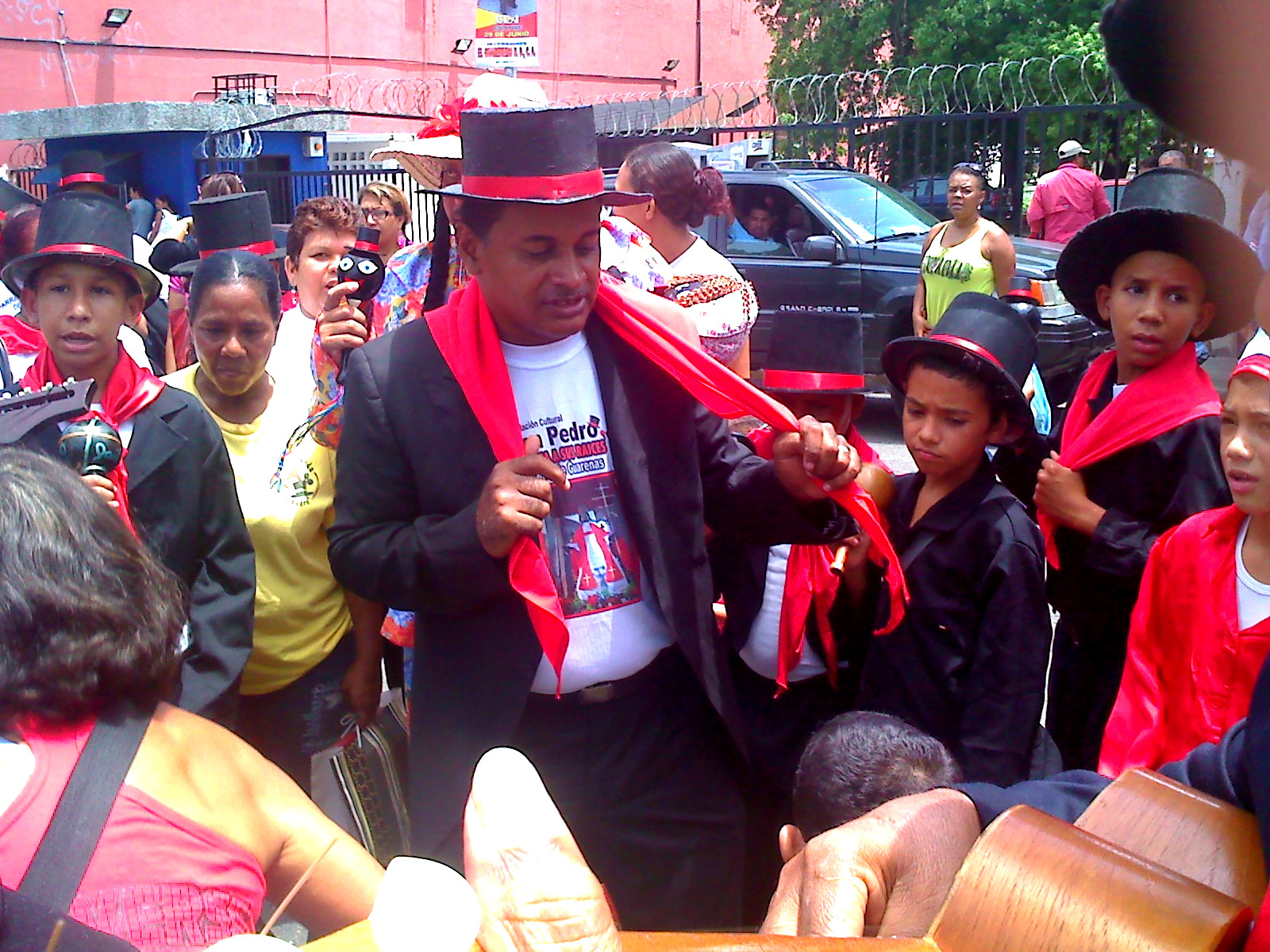 | 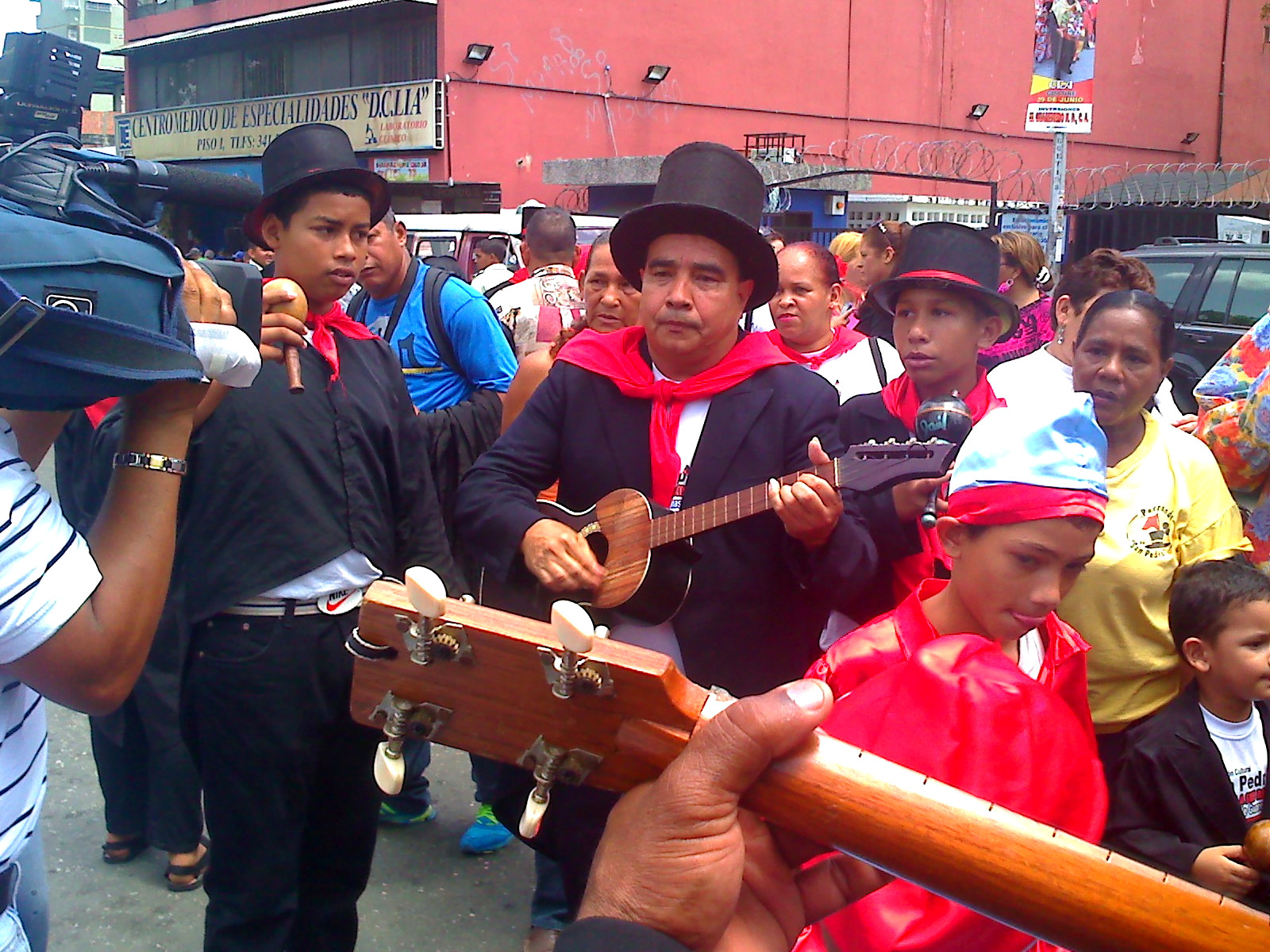 |
|---|
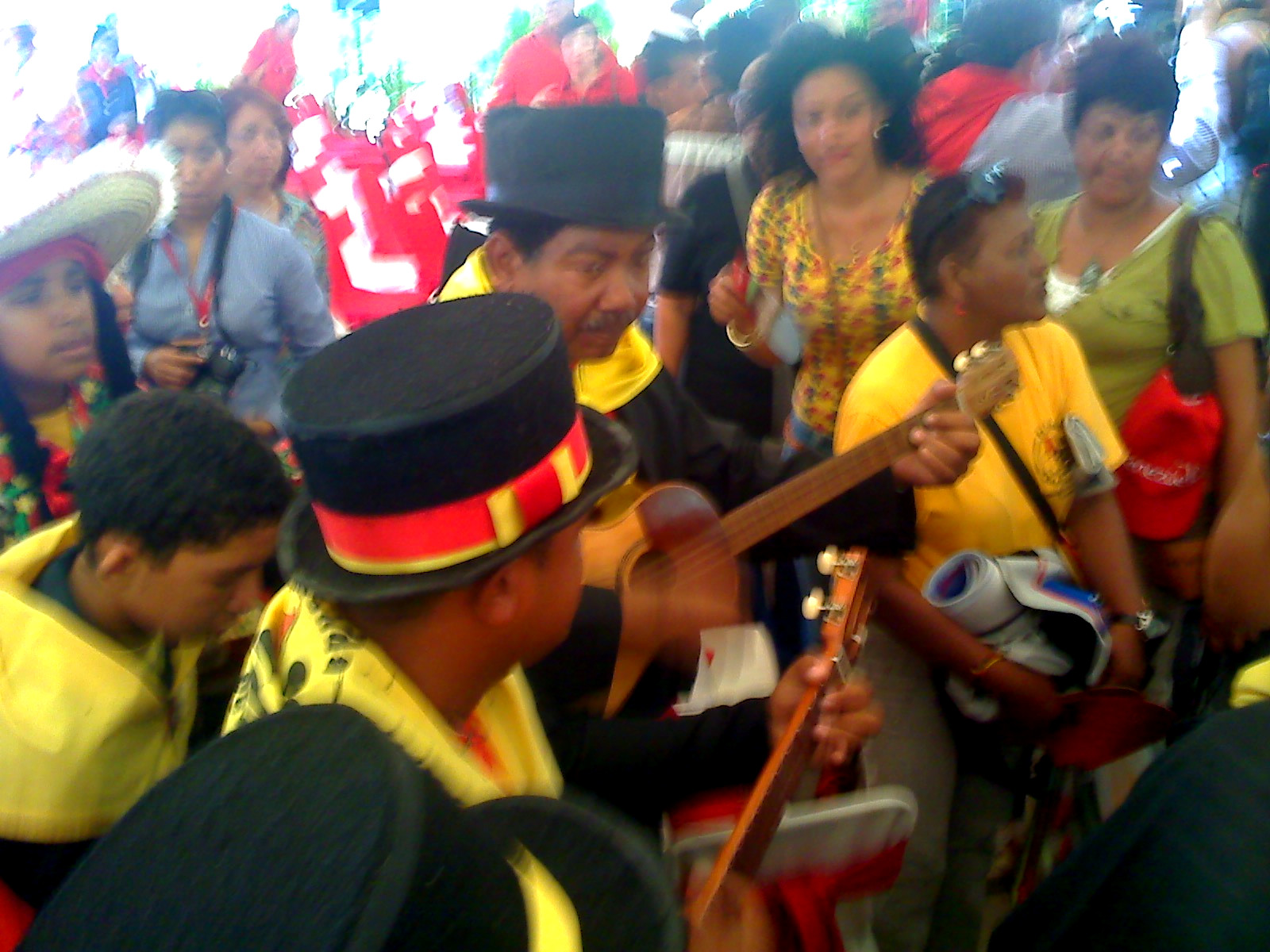 |  | 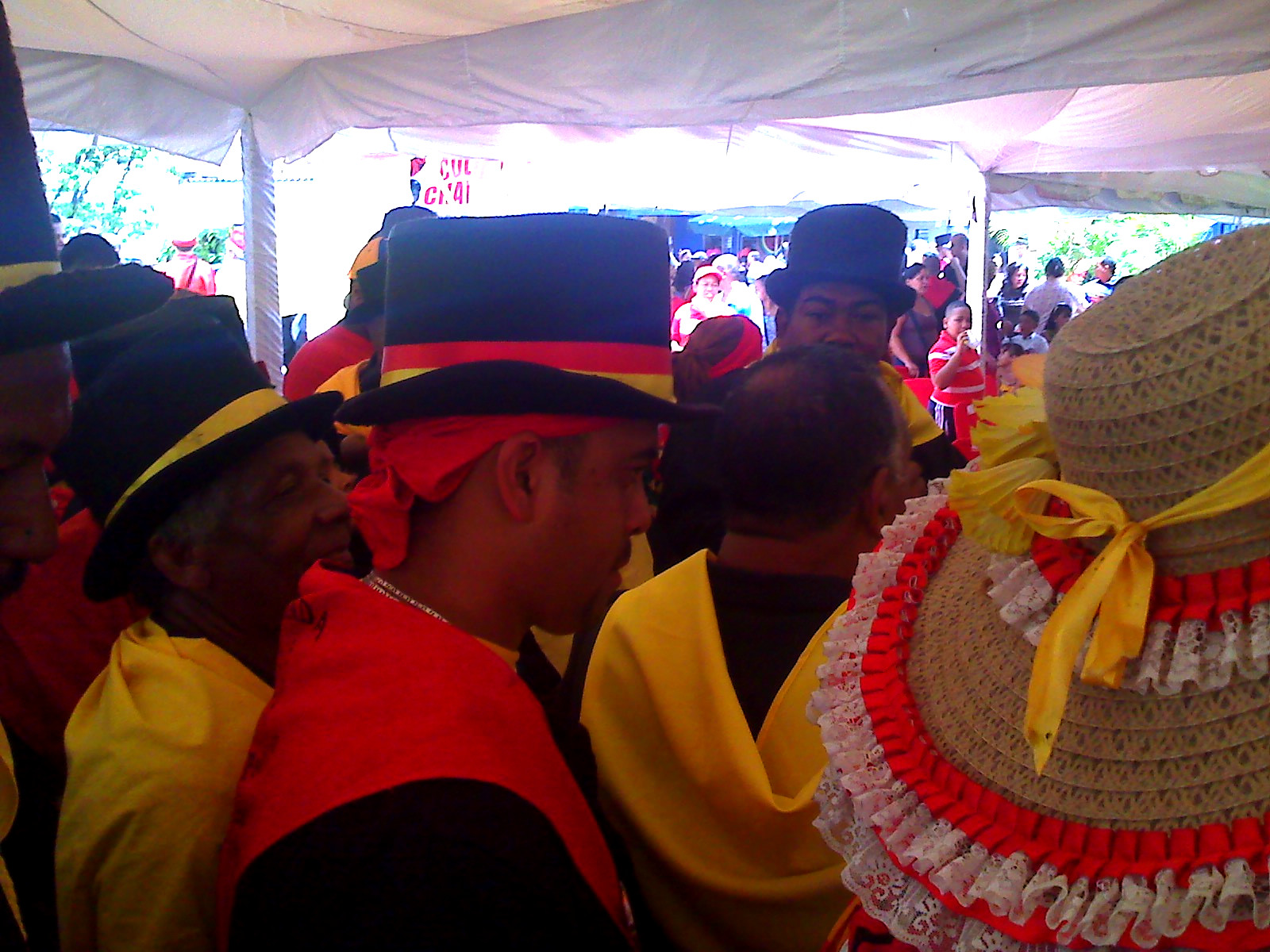 |
|---|
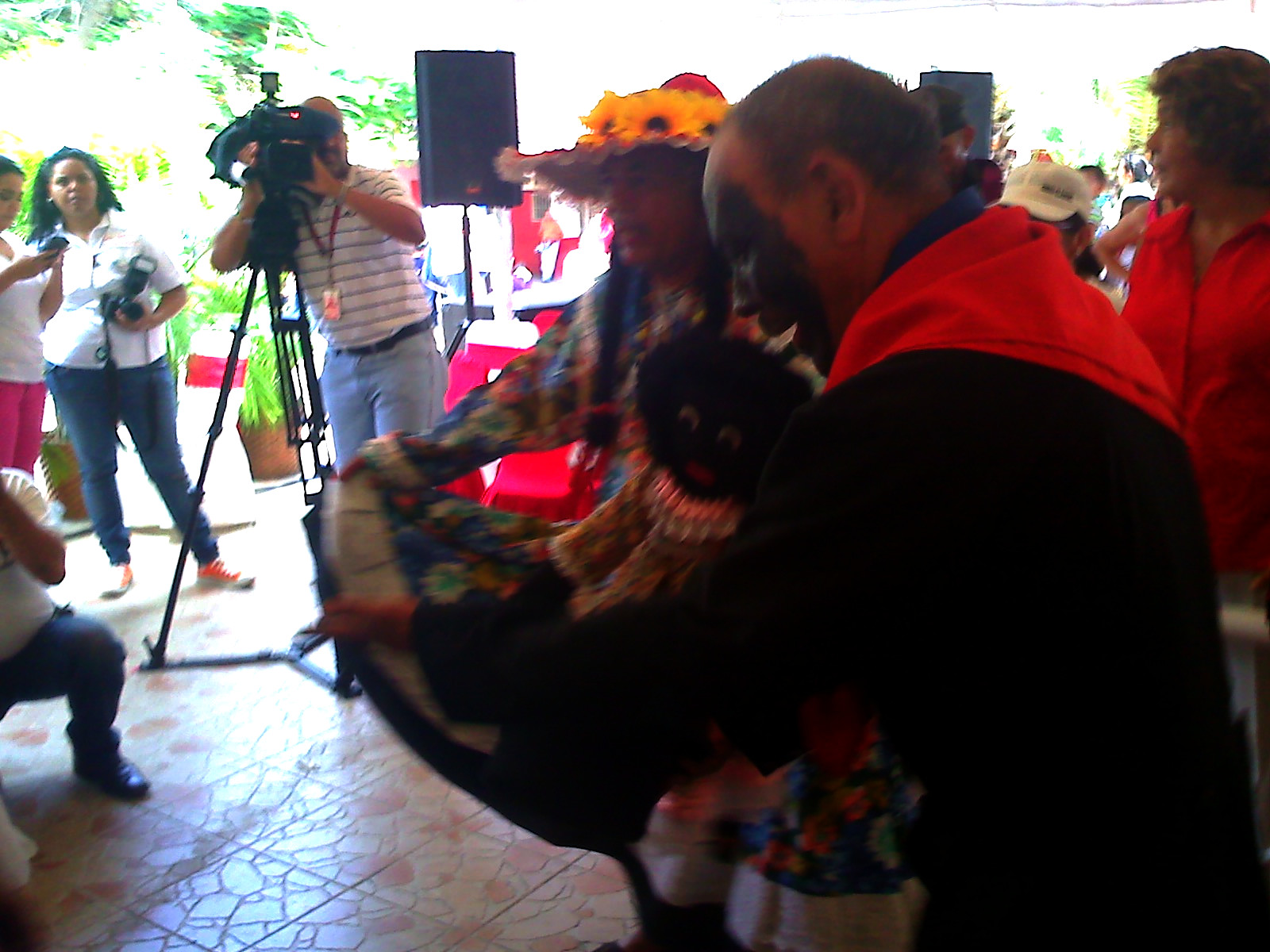 | 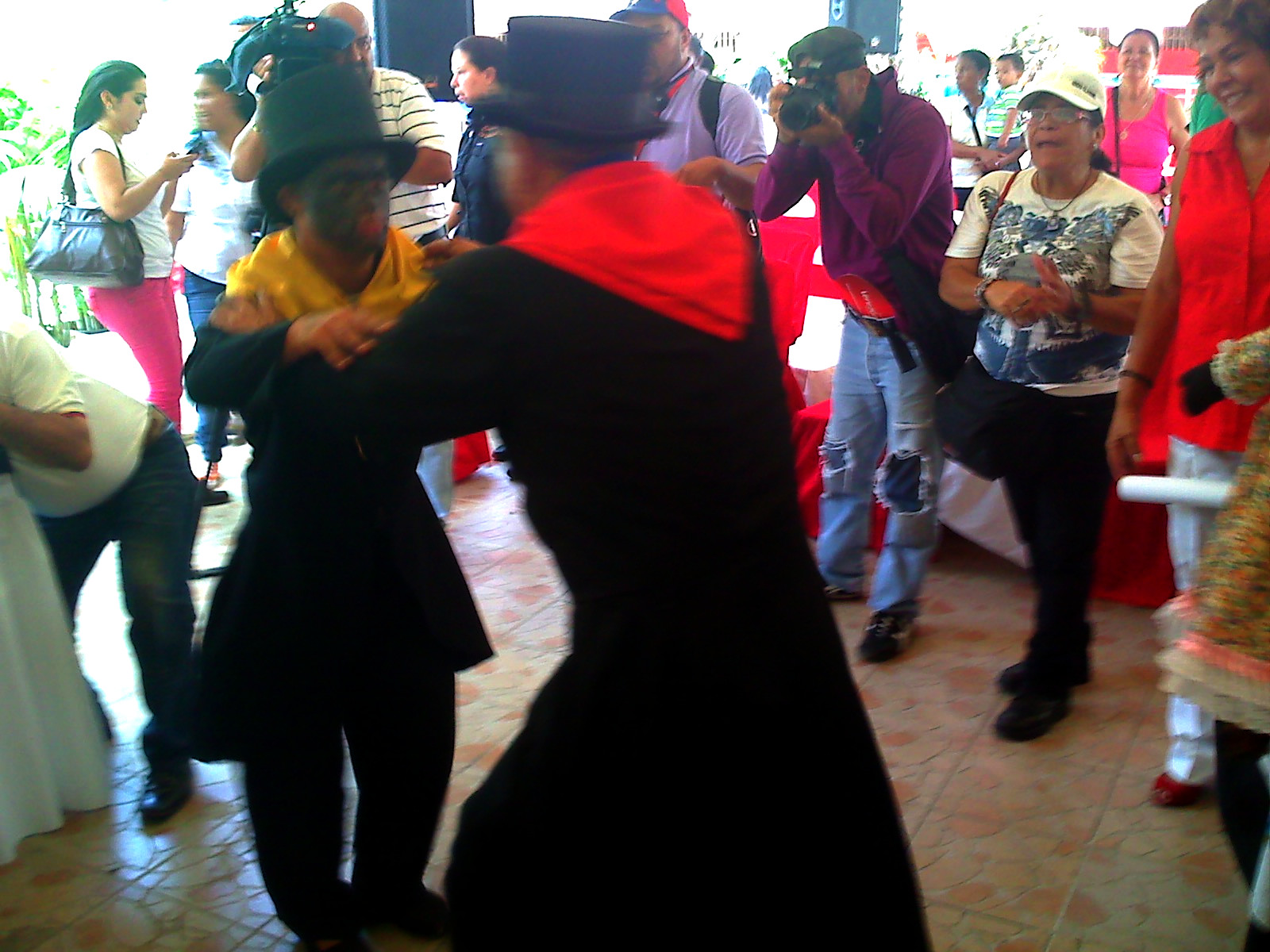 | 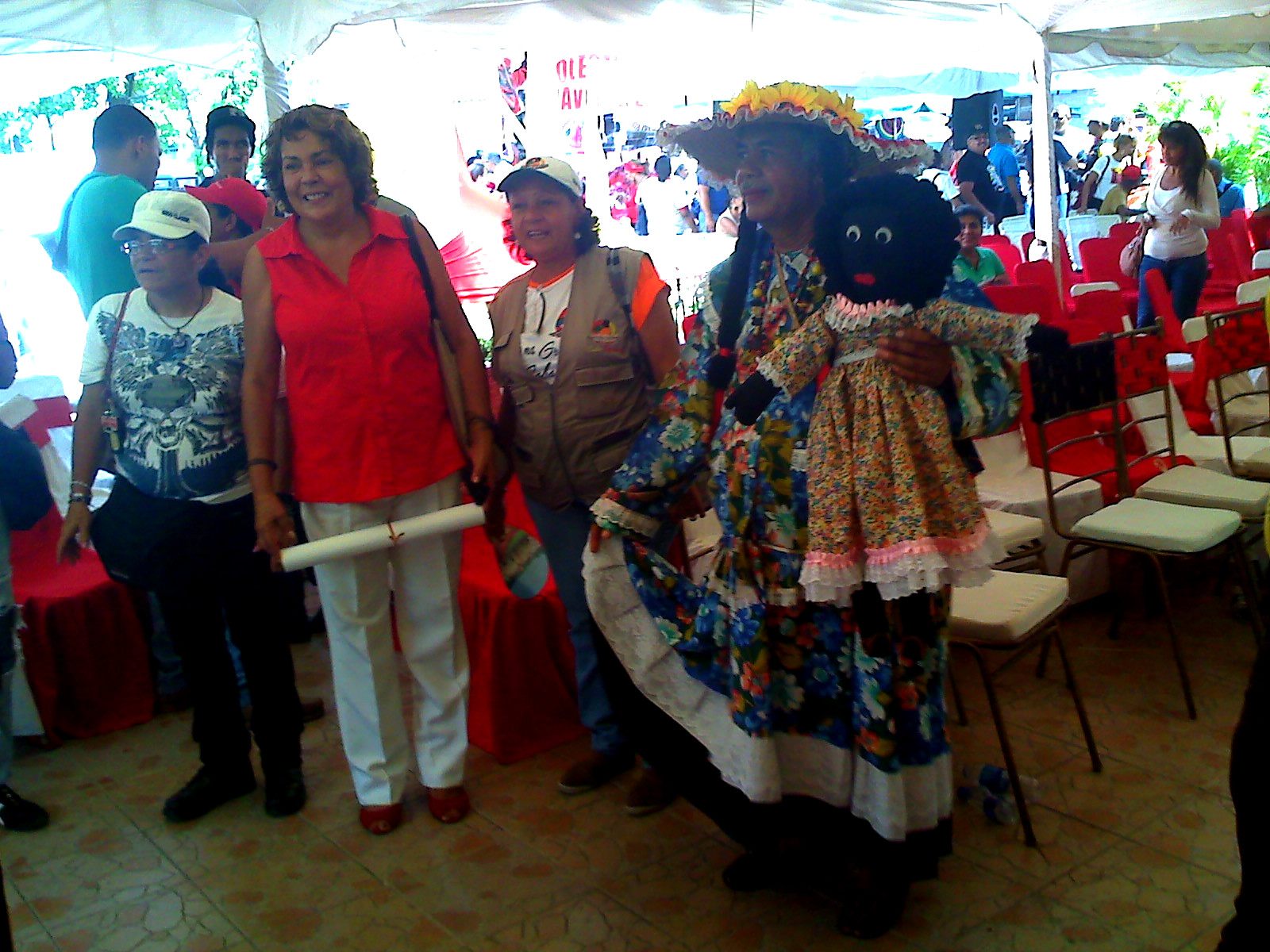 |
|---|
Un San Pedro en Moscú ||| A St. Peter's in Moscow
Aproximadamente en 1974 o 75, cuando mi familia vivía en Moscú, mi papá (de quien ya he comentado que era director de teatro) organizó con los estudiantes venezolanos que estudiaban e aquella ciudad, un evento para celebrar el Día de la Independencia de Venezuela. Fue un acto cargado de música, danzas y poesía. Yo formaba parte del grupo de músicos que acompañaba las danzas y que cantamos un repertorio seleccionado para la ocasión.
Una de las manifestaciones culturales presentes ese día, fue la Parranda de San Pedro y fue allí cuando yo la conocí. Aunque en la parranda se suele cantar la misma canción, por supuesto, ella va sufriendo algunas alteraciones con el tiempo y se le agregan versos, etc. La versión incluida en este post, como yo la canto, es tal como la aprendí en aquel entonces (Por supuesto, en una versión muy corta, porque en la celebración cantan sin parar durante horas).
Around 1974 or 75, when my family lived in Moscow, my father (of whom I have already mentioned that he was a theater director) organized with the Venezuelan students who were studying in that city, an event to celebrate Venezuela's Independence Day. It was an event full of music, dance and poetry. I was part of the group of musicians who accompanied the dances and who sang a repertoire selected for the occasion.
One of the cultural manifestations present that day was the Parranda of San Pedro and it was there that I met it the first time. Although in the parranda the same song is usually sung, of course, it suffers some alterations over time and verses are added, etc. The version included in this post, as I sing it, is just as I learned it back then (Of course, in a very short version, because in the celebration they sing non-stop for hours).

Next I leave you with the video, produced by the Centre for Cultural Diversity, which was broadcast by UNESCO, on the occasion of the declaration. 10 minutes of pure quality and with the whole story very well summarized. It is also subtitled in English so that it can reach more people.
A continuación les dejo el video, producido por el Centro para la Diversidad Cultural, que fue difundido por la UNESCO, con motivo de la declaración. 10 minutos de pura calidad y con toda la historia muy bien resumida. Además tiene subtítulos en inglés para que pueda llegar a más personas.
Todas estas manifestaciones culturales religiosas tienen una complicación seria este año, a causa del Covid-19. Pero como se trata de promesas al santo, no pueden dejar de cumplirse. Por lo tanto, seguramente los "promeseros" buscarán la manera de bailarle y cantarle a San Pedro.
Y probablemente el año próximo participen aquellos que este año le hagan la promesa al santo de alejar el Coronavirus.
All these religious cultural manifestations have a serious complication this year, because of the Covid-19. But since they are promises to the saint, they cannot fail to be fulfilled. Therefore, surely the "promesseurs" will look for a way to dance and sing to St. Peter.
And probably next year those who make the promise to the saint to keep the Coronavirus away will participate.
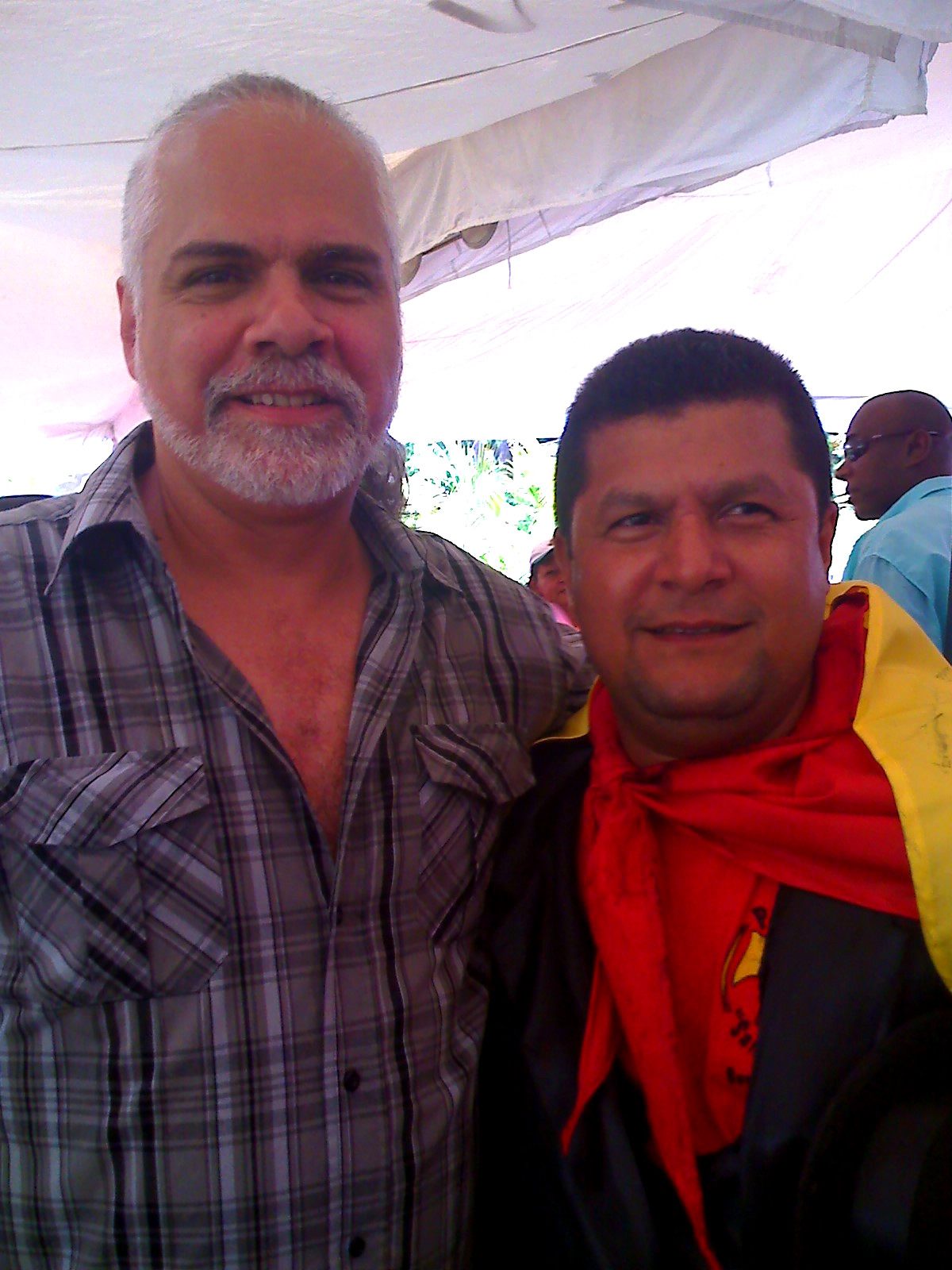
This picture is with Pedro Moreno, a good friend, and a promoter and teacher of all the traditions of State Miranda.
En esta foto estoy con Pedro Moreno, un buen amigo y promotor y profesor de las manifestaciones tradicionales del Estado Miranda
Almost all the images are published today for the first time. They were taken with a Huawei cell phone CM-990
Casi la totalidad de las imágenes son publicadas hoy por primera vez. Fueron tomadas con un celular Huawei CM-990


Tags :
Their limit for today is $0!


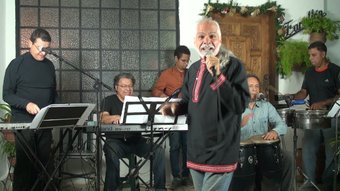

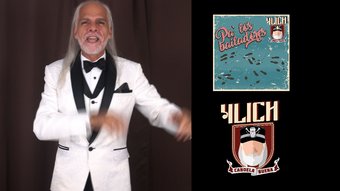
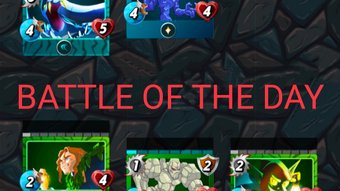
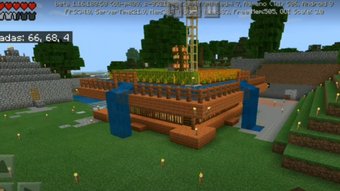



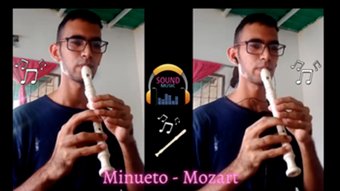




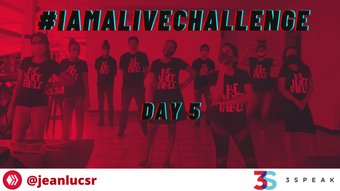












Comments:
Reply:
To comment on this video please connect a HIVE account to your profile: Connect HIVE Account